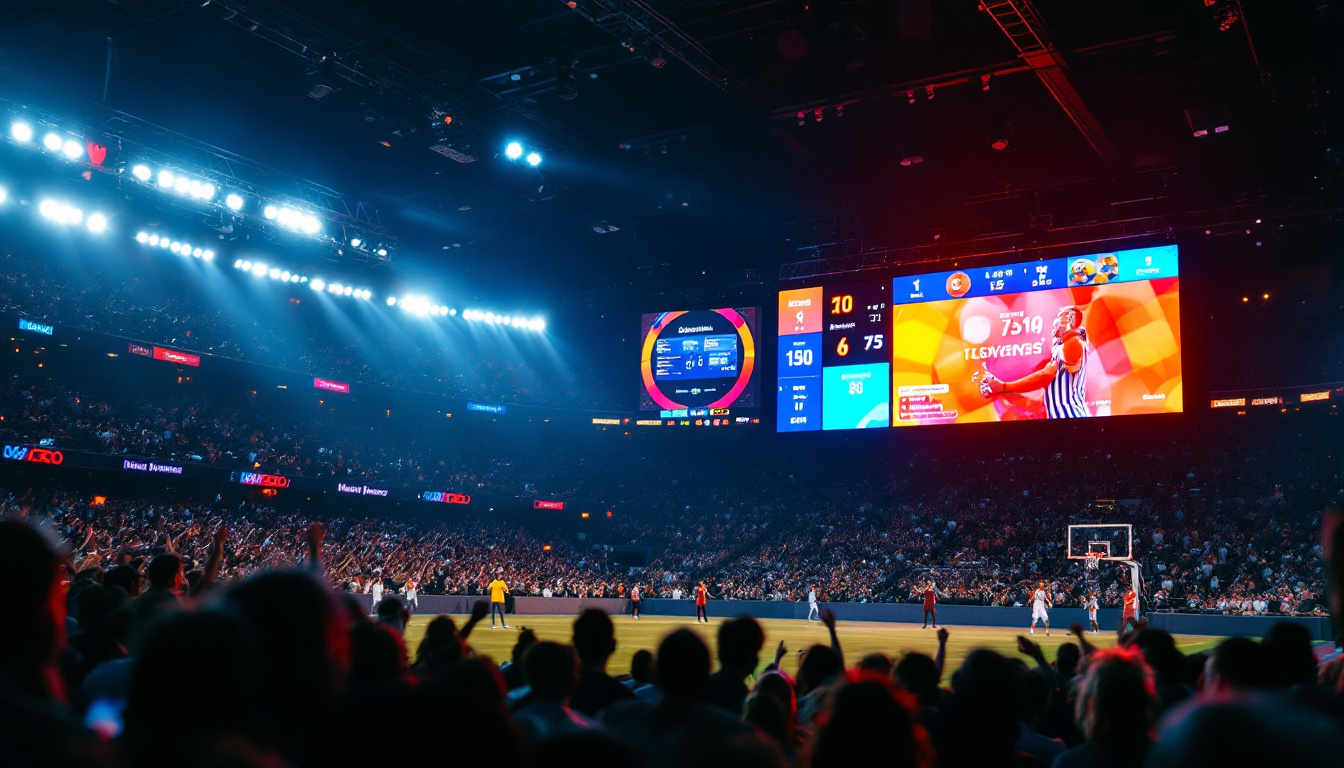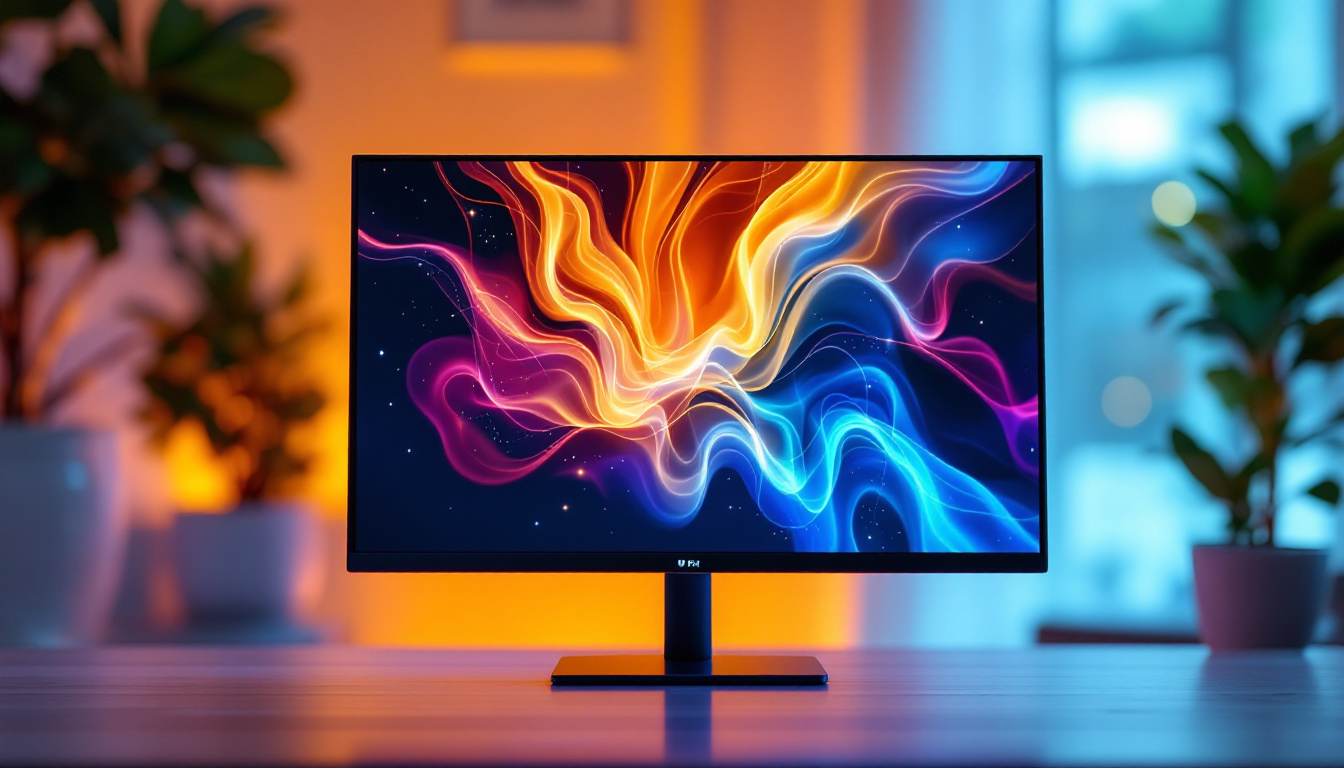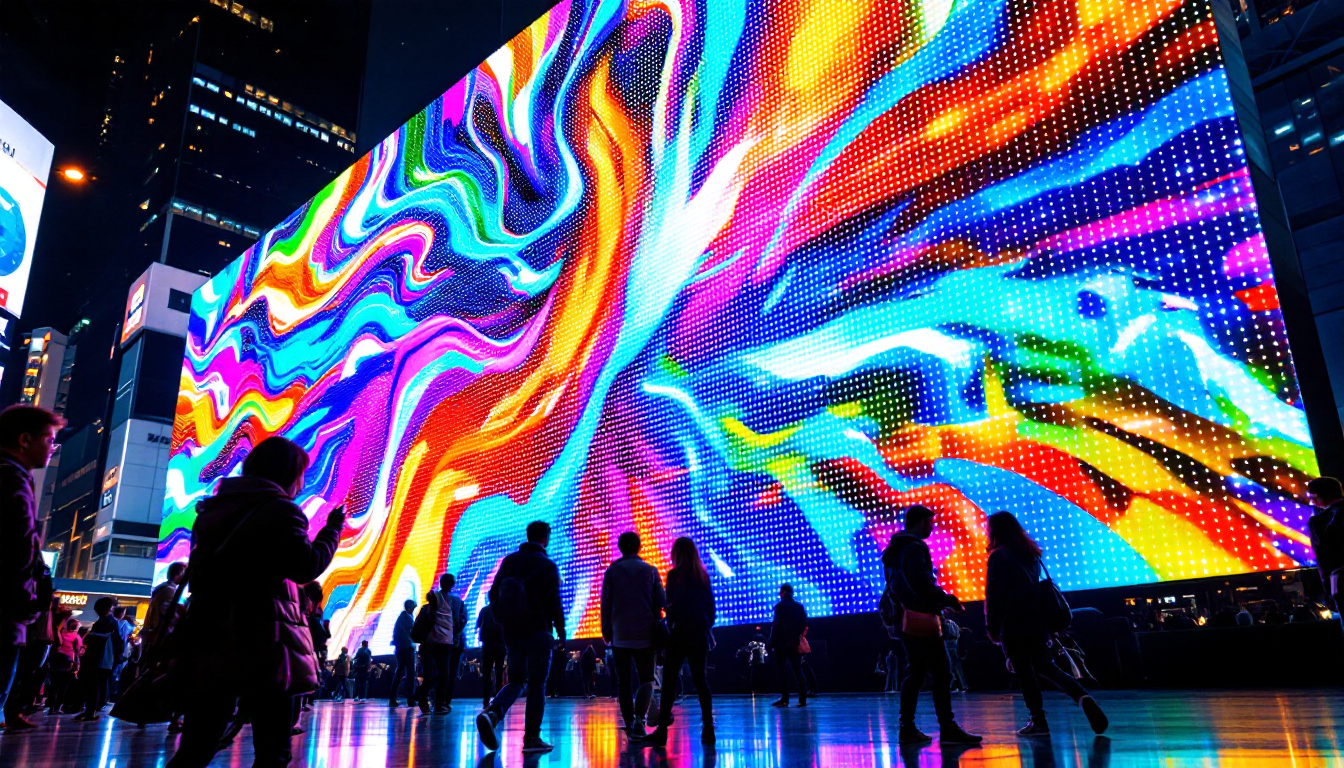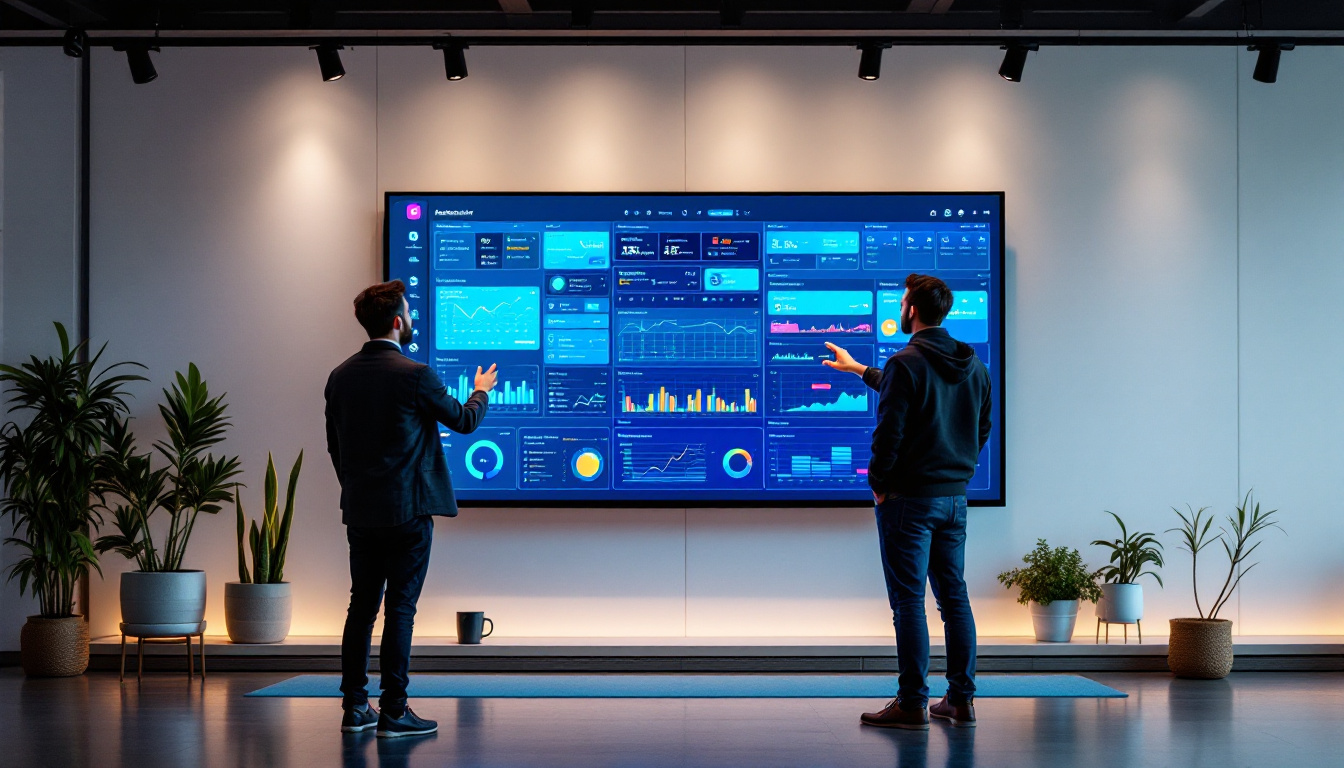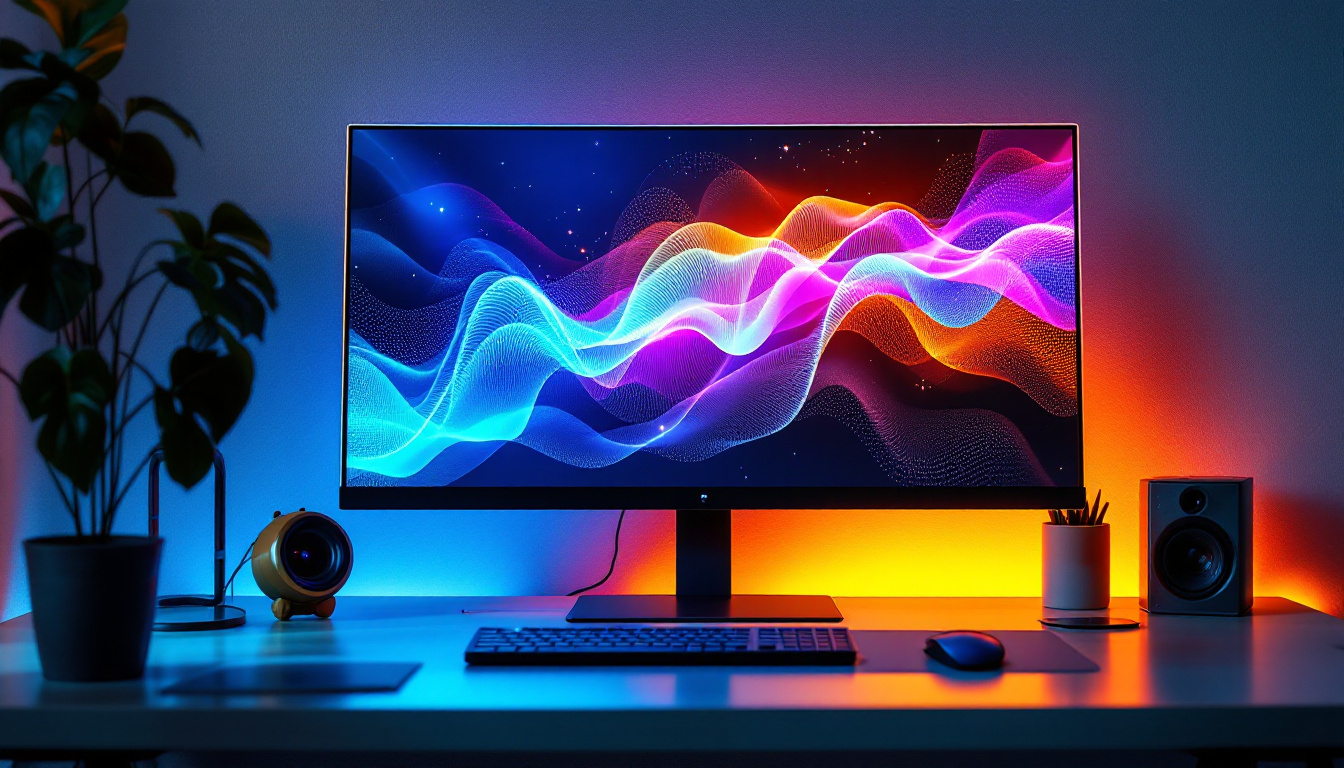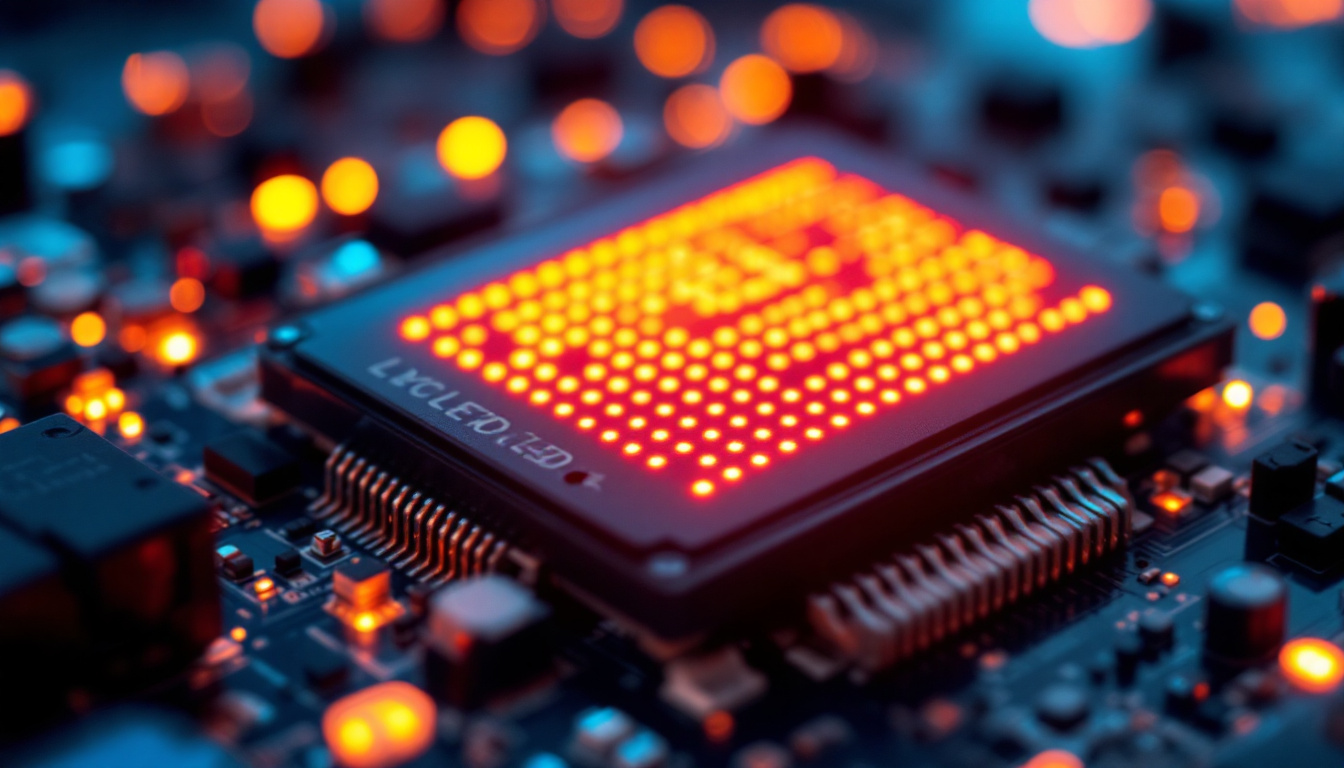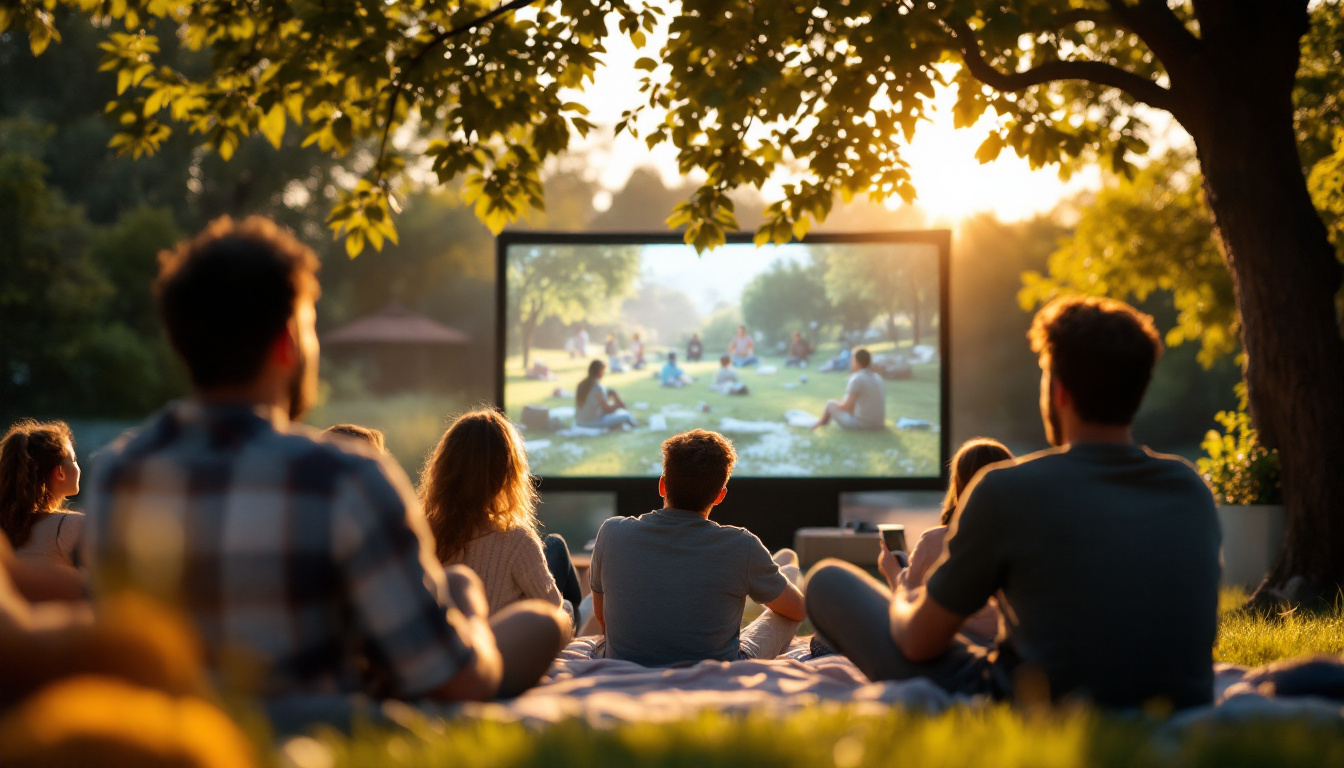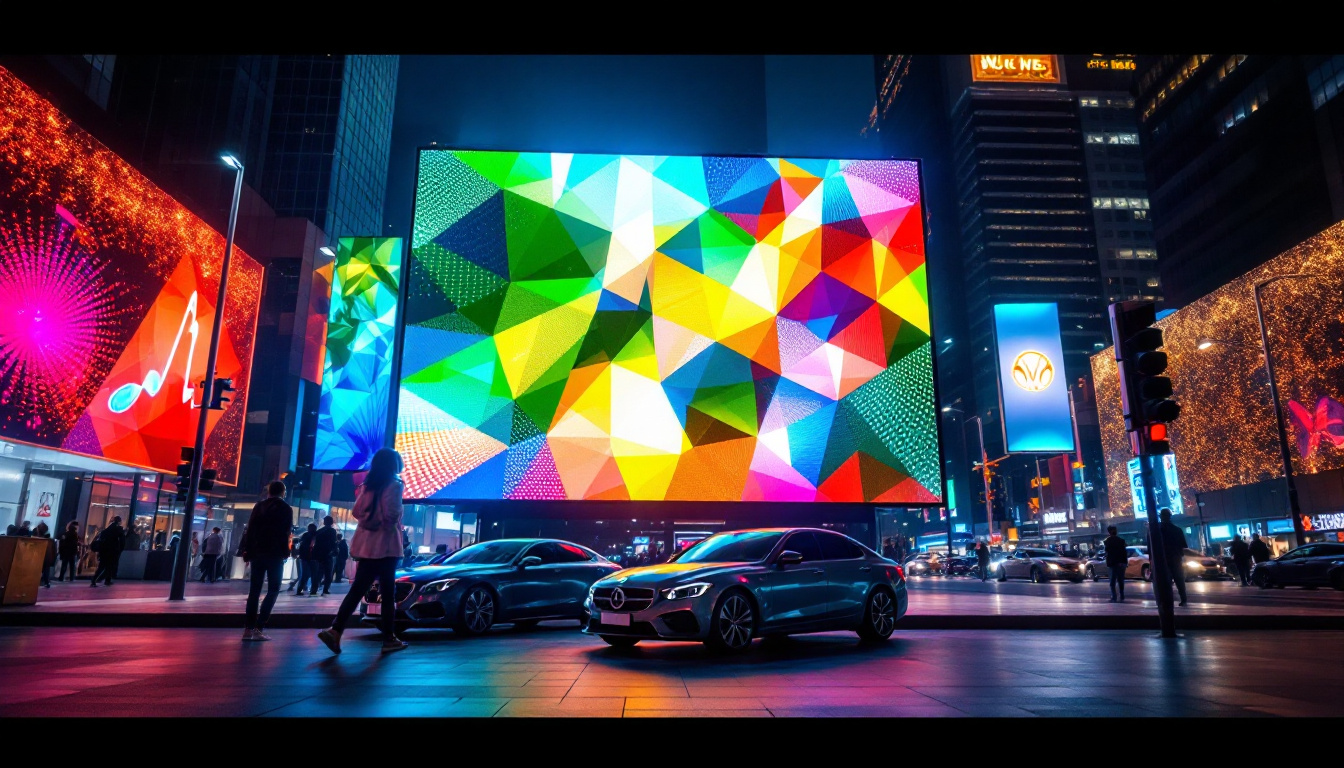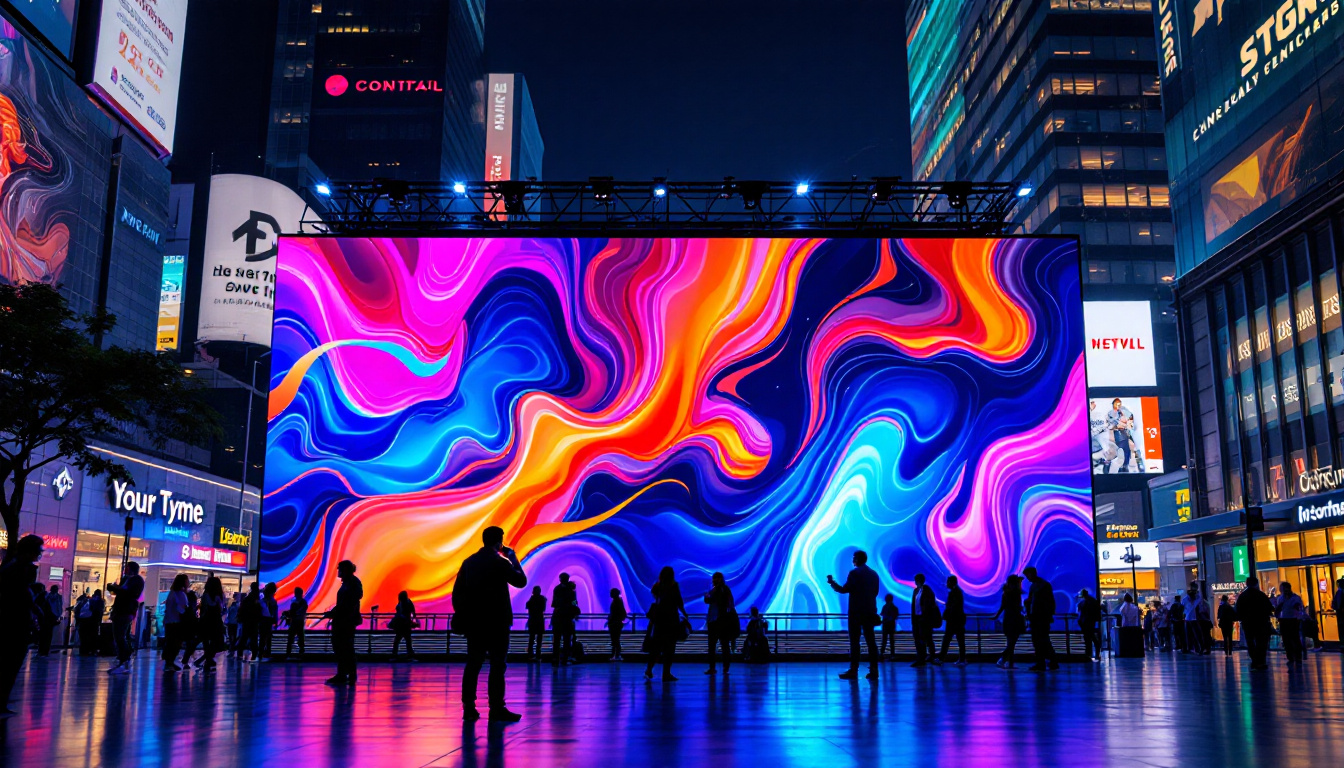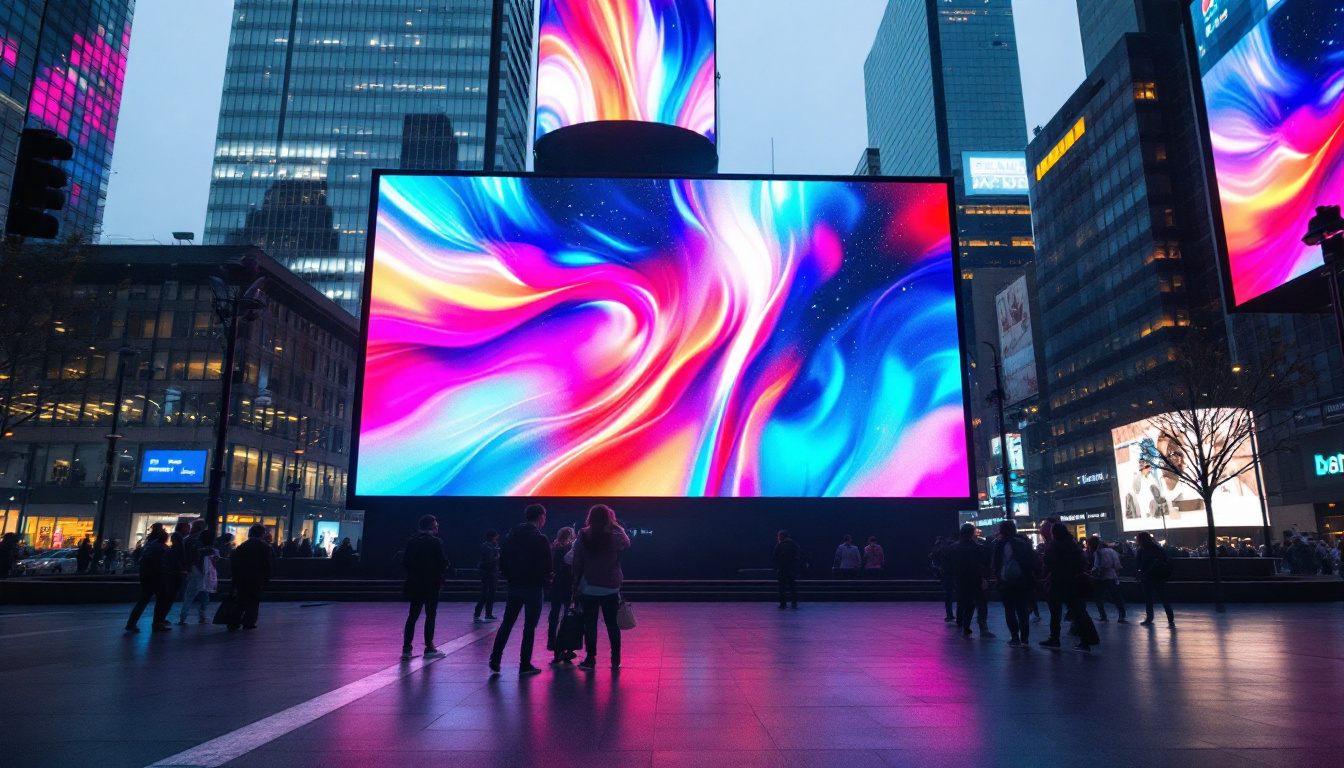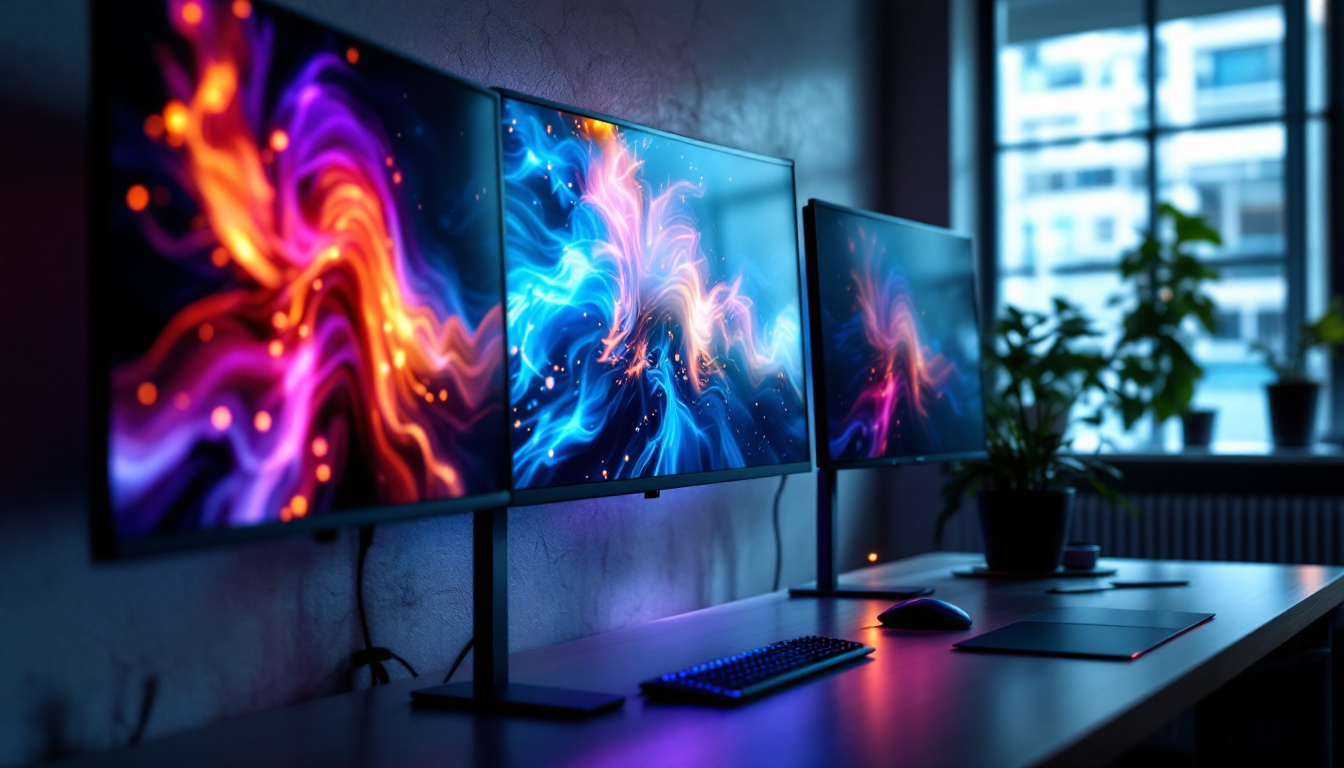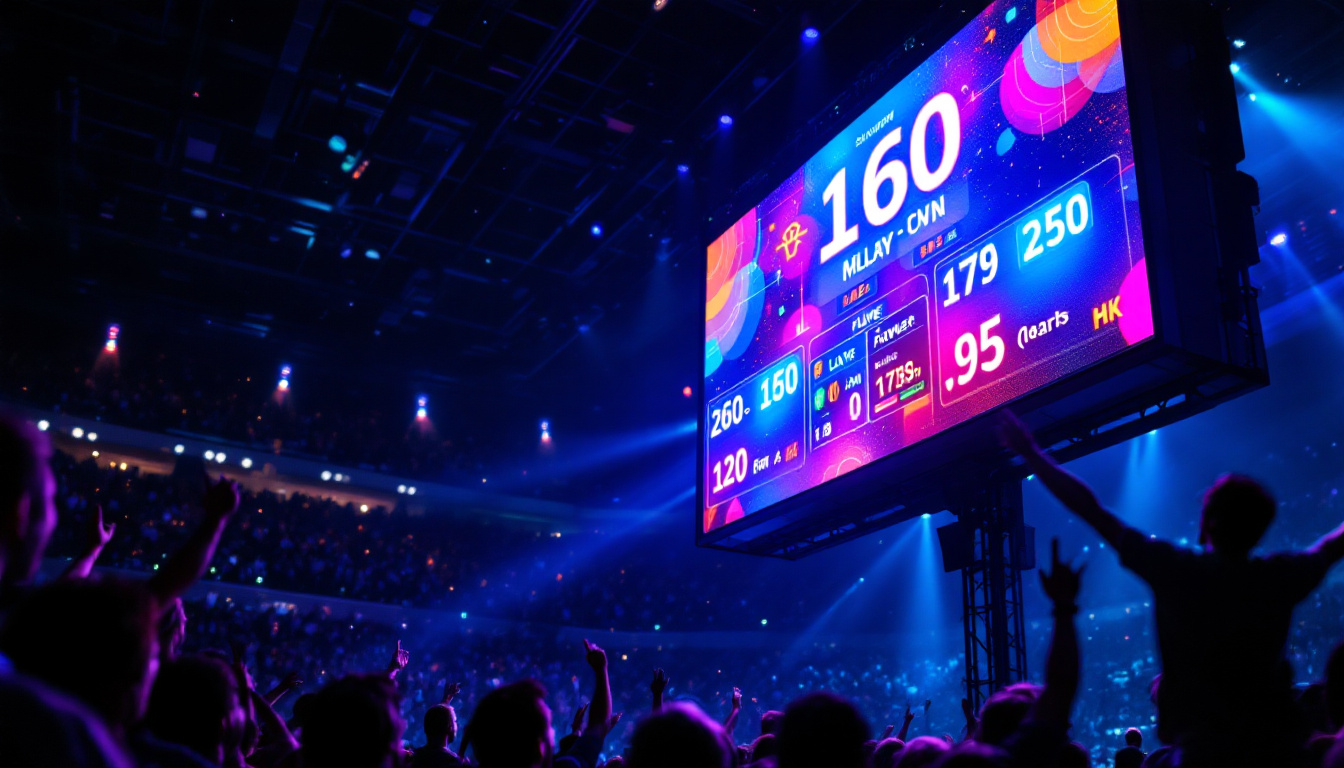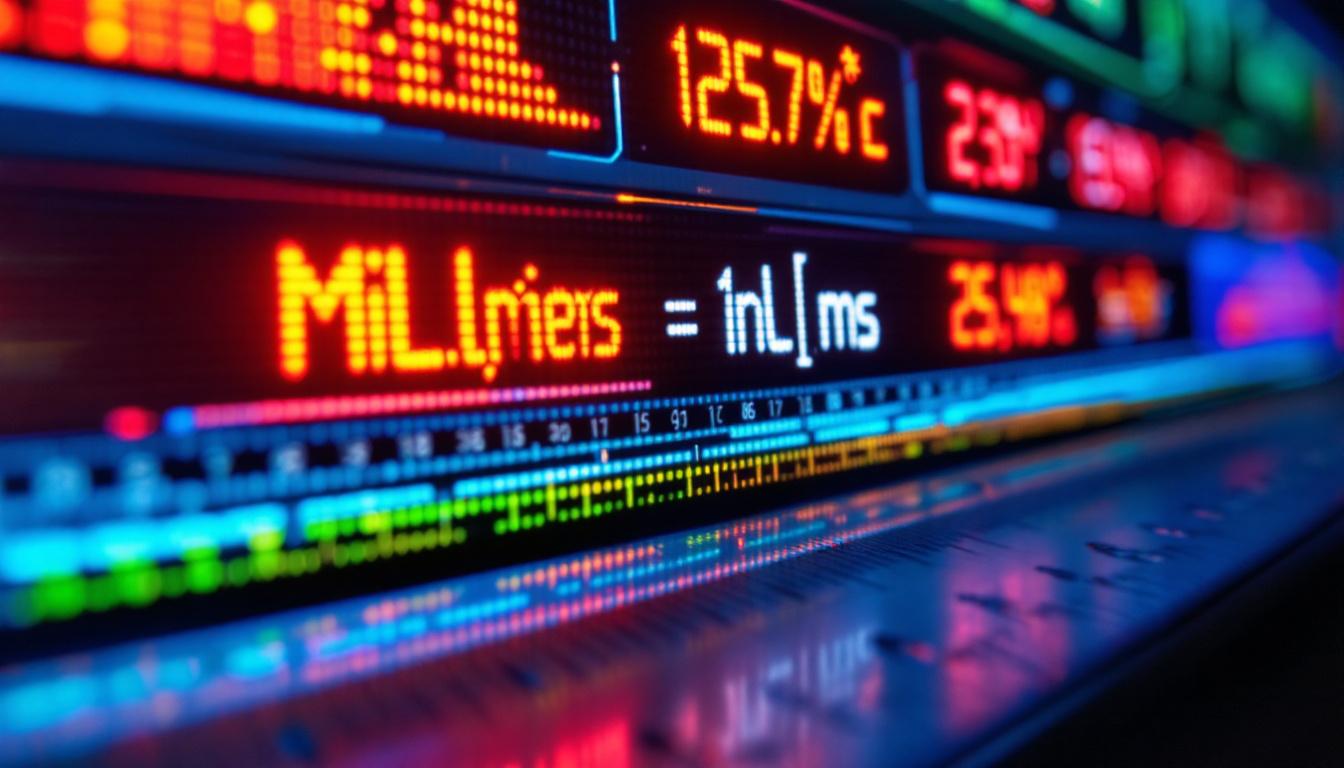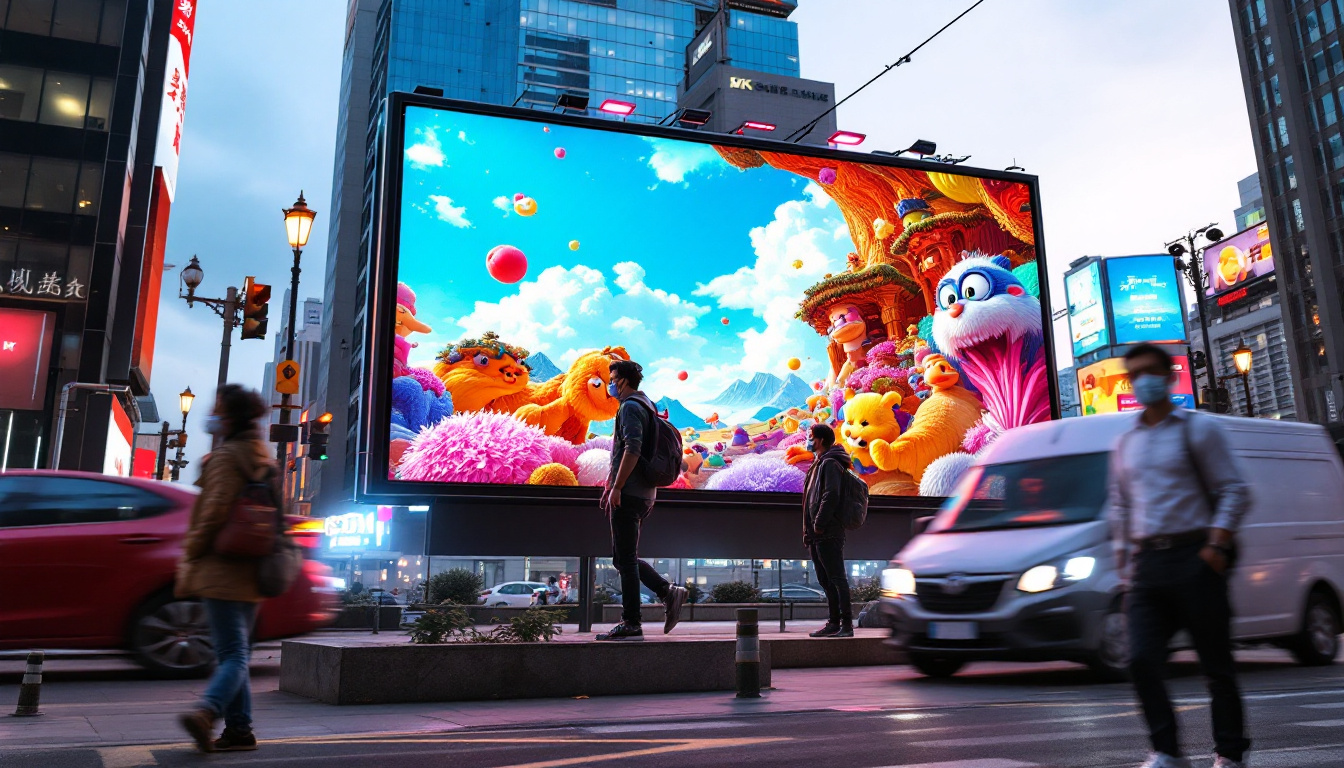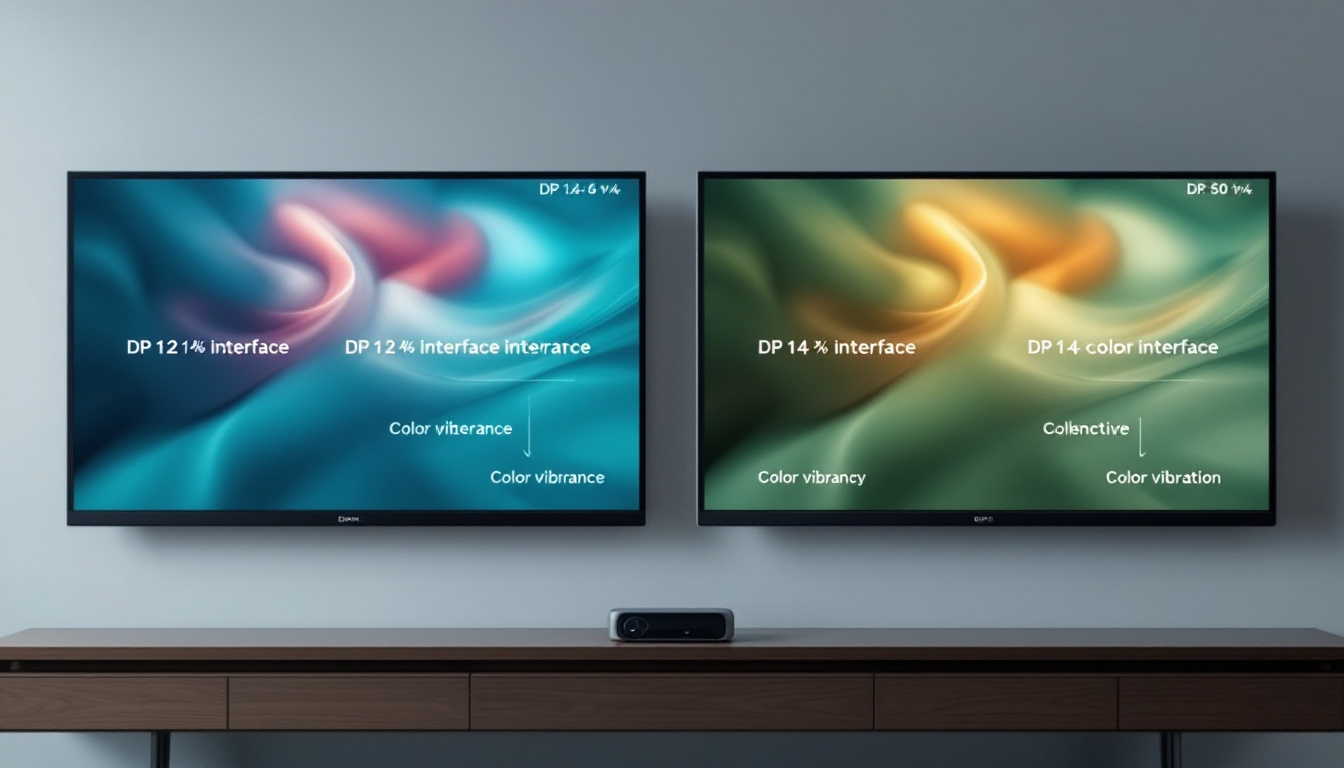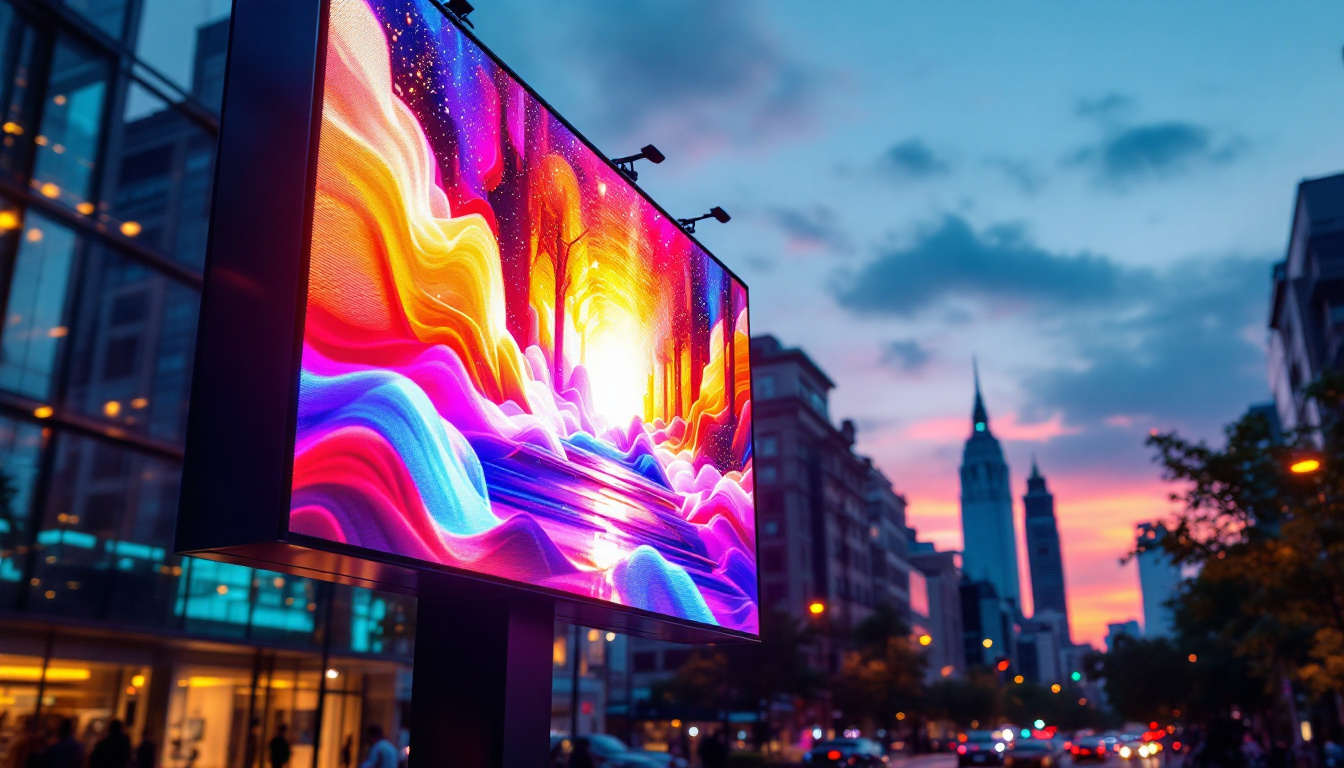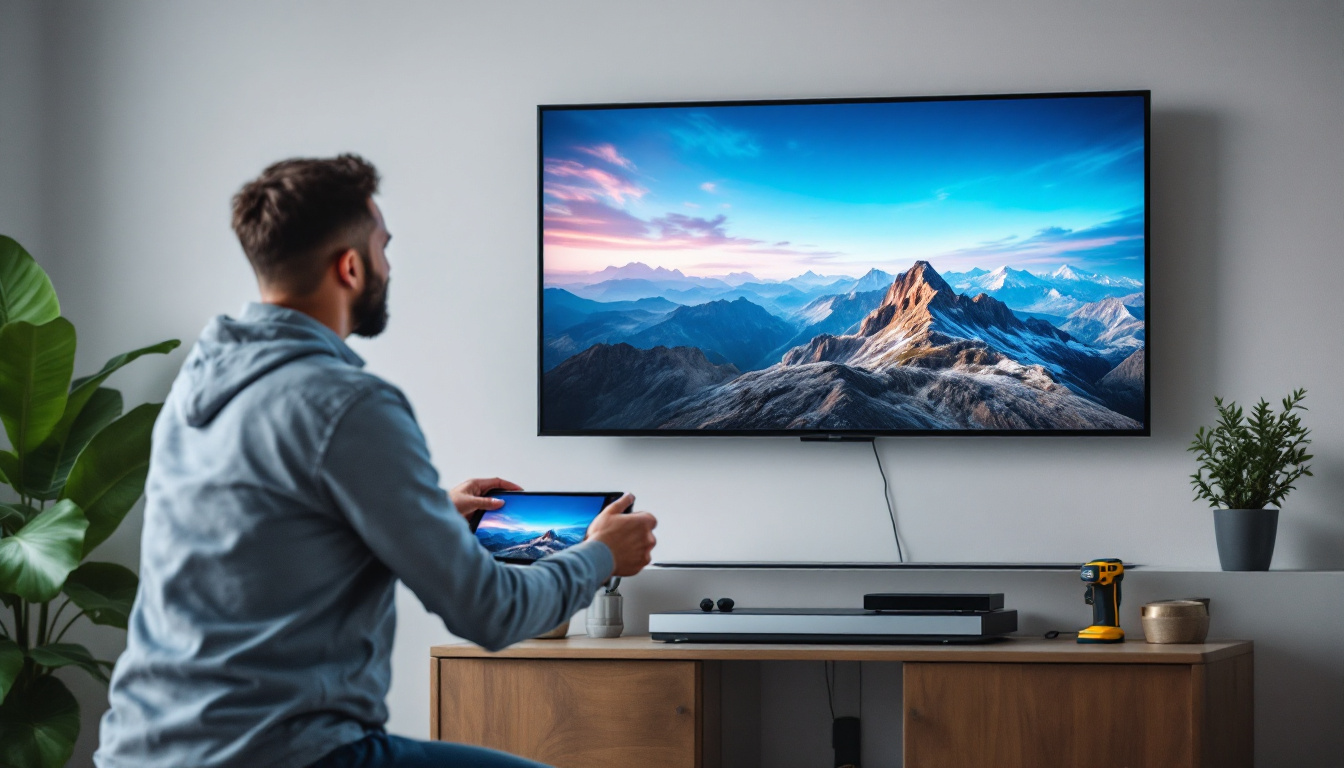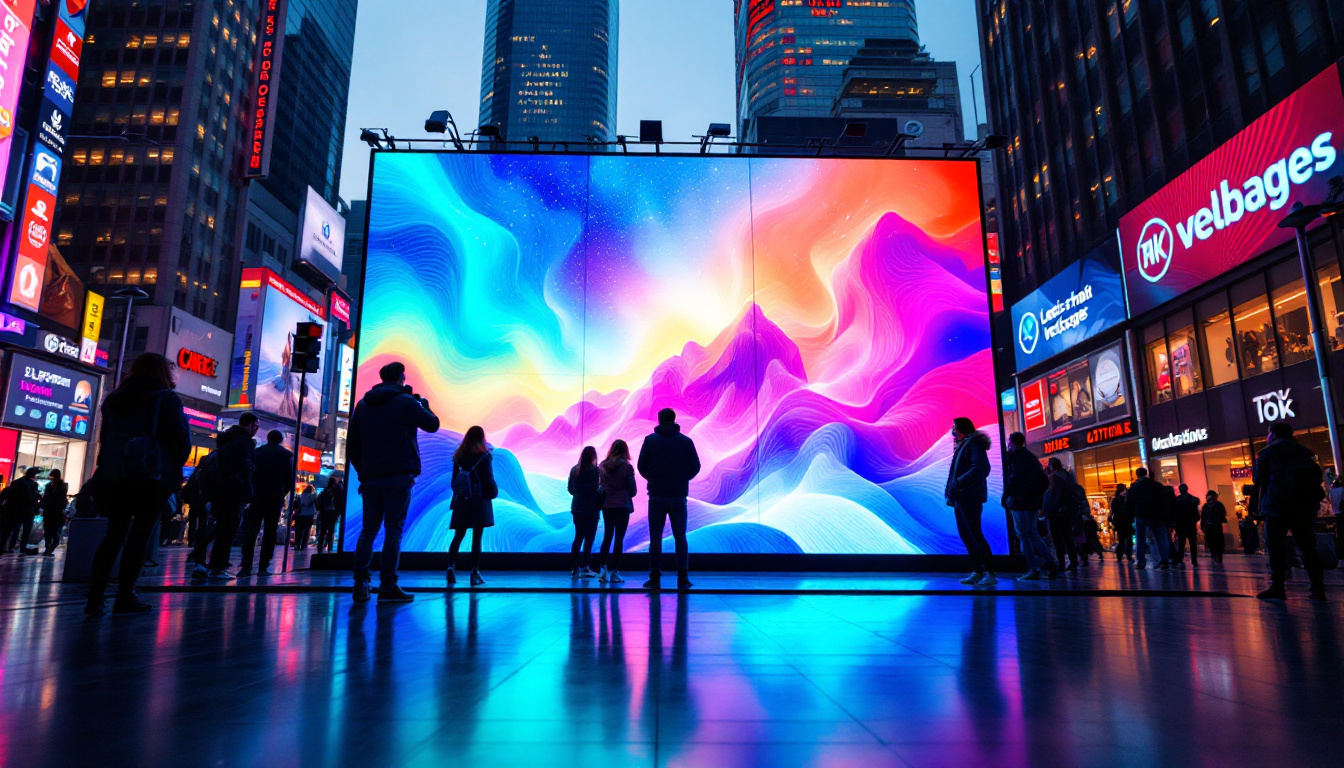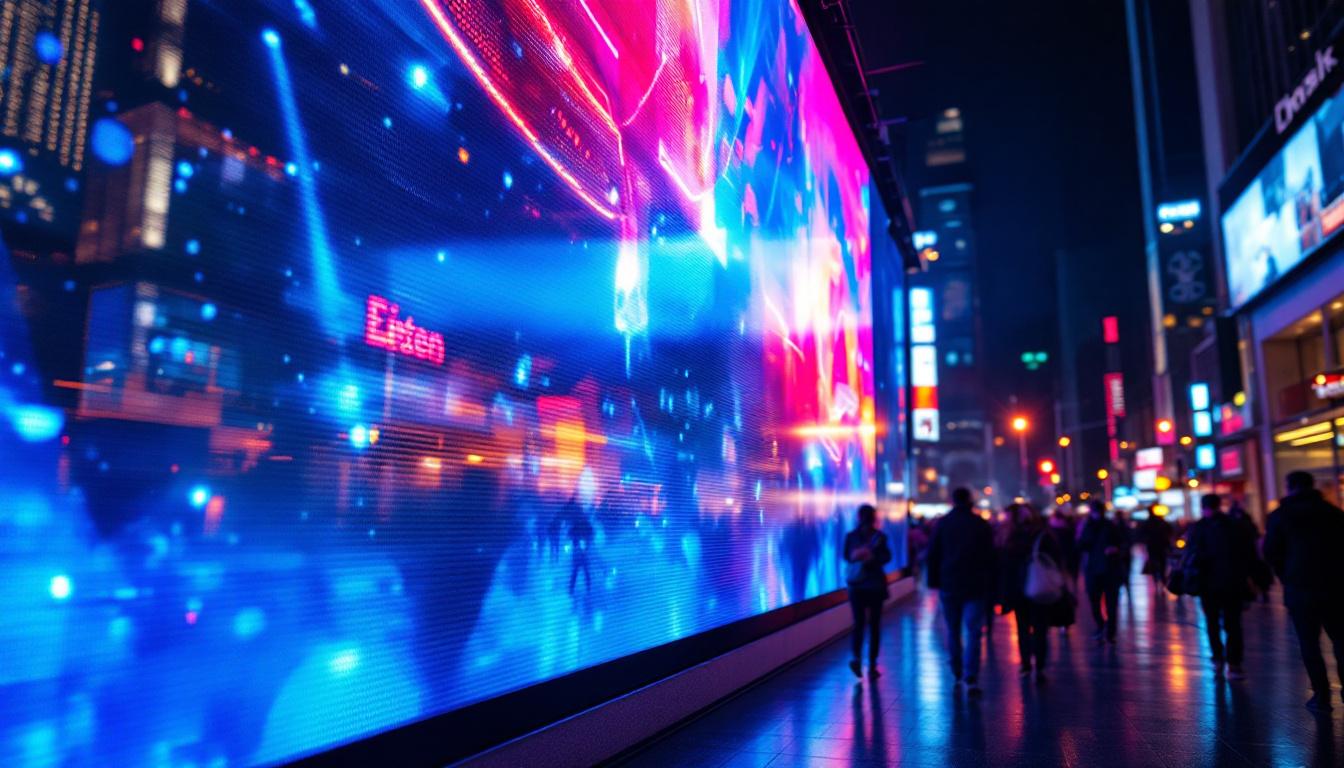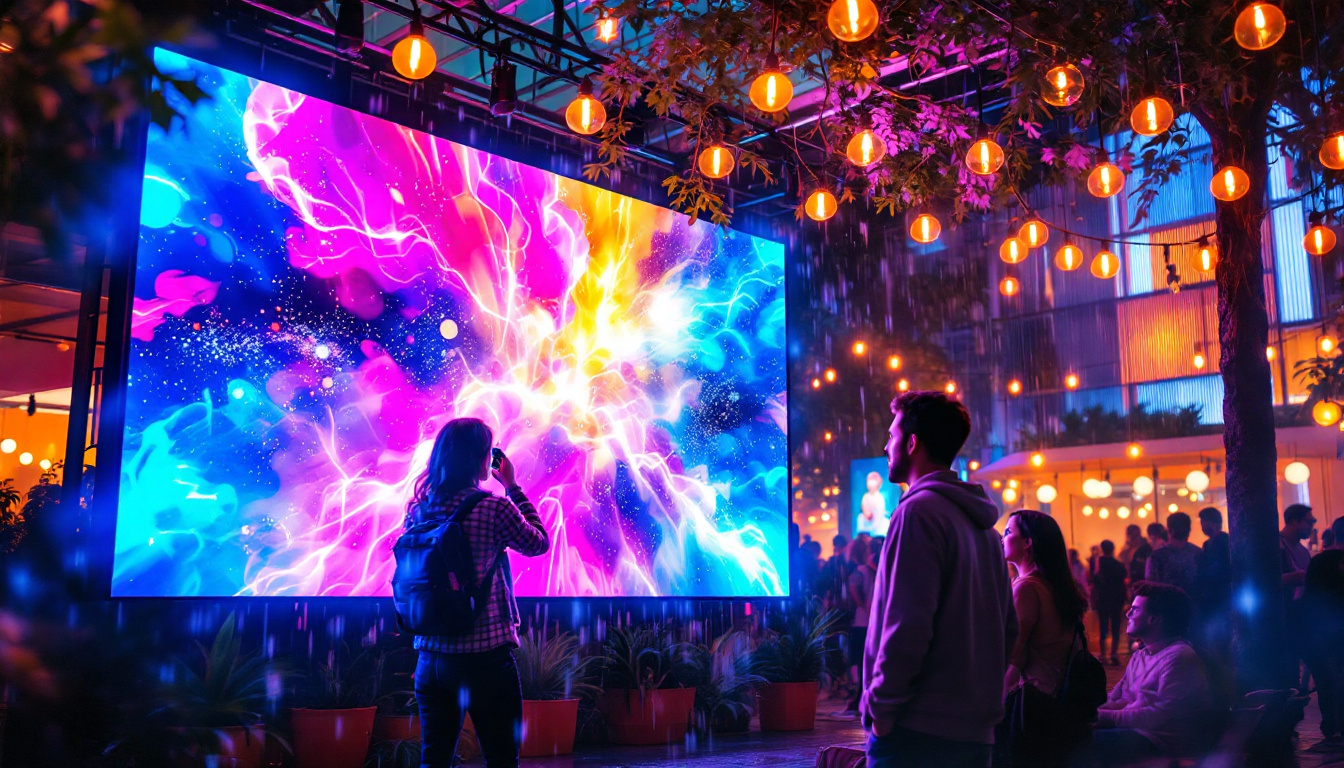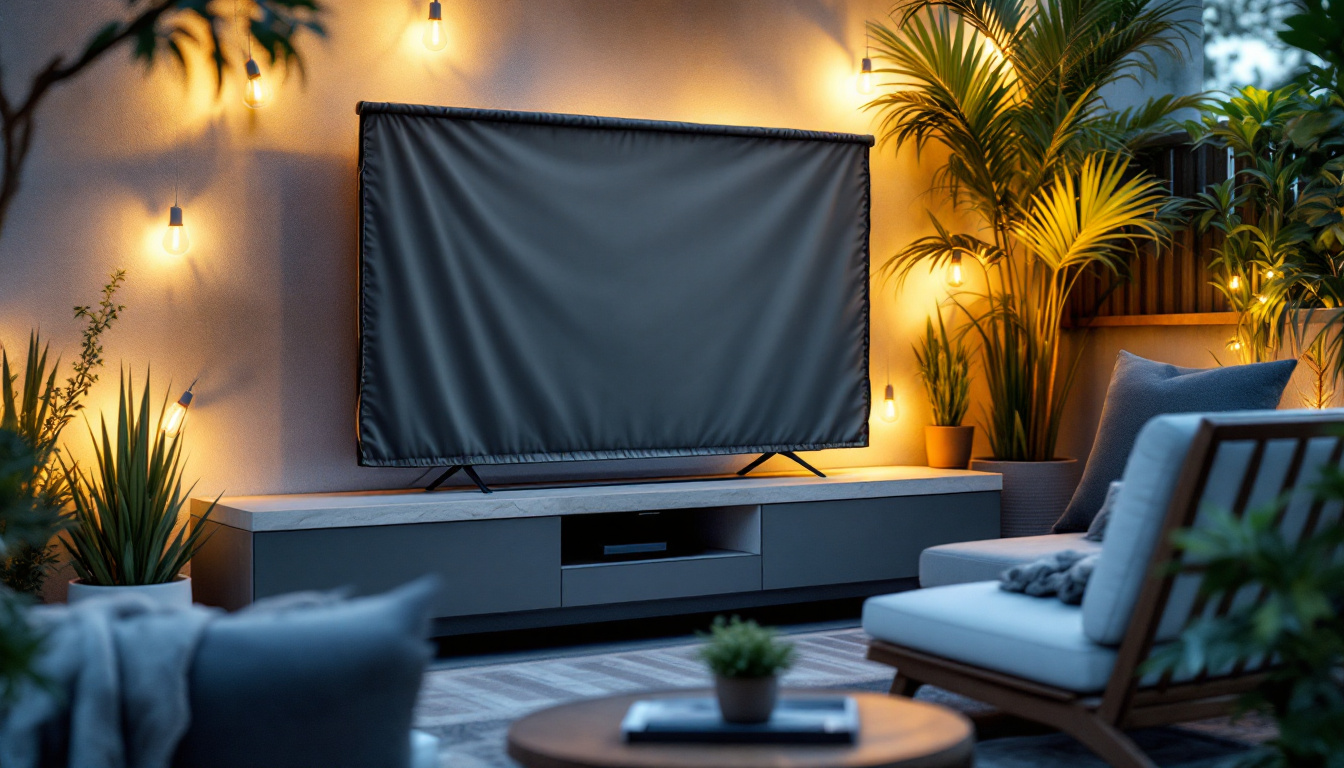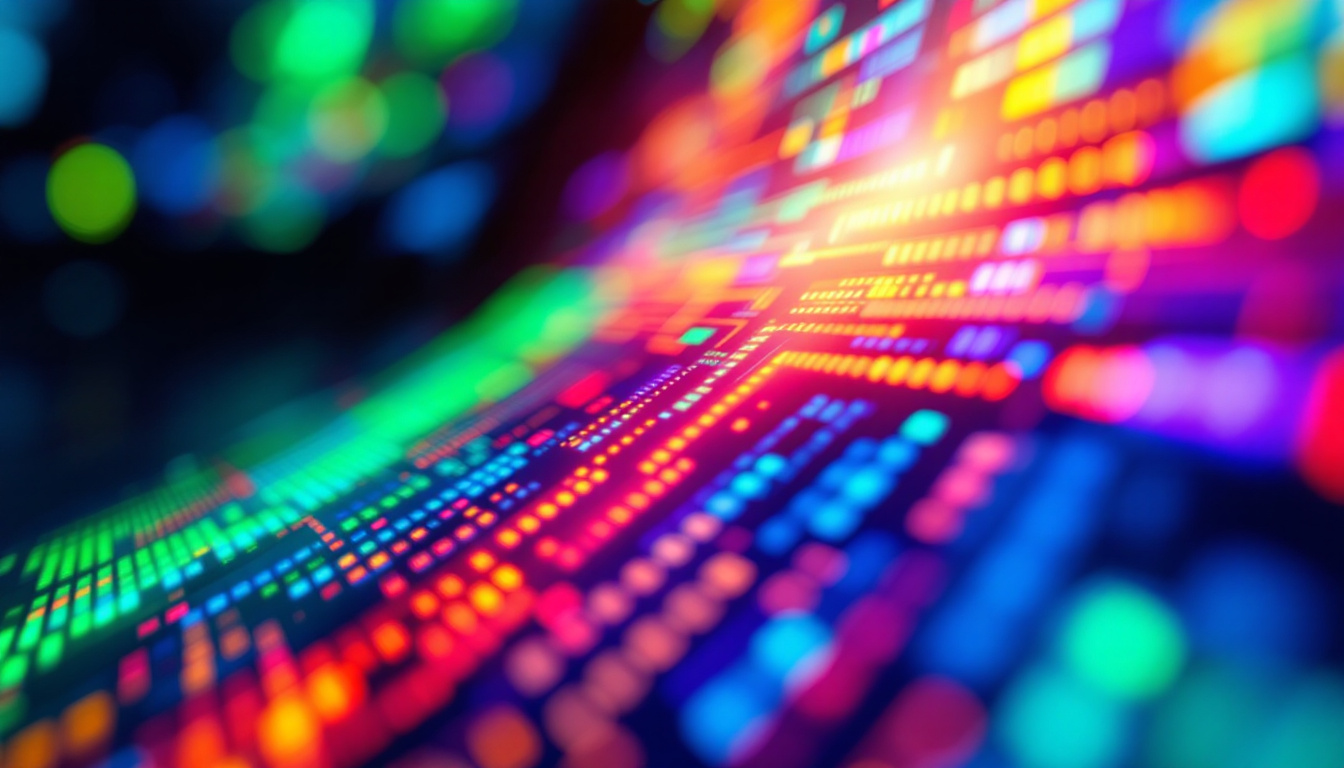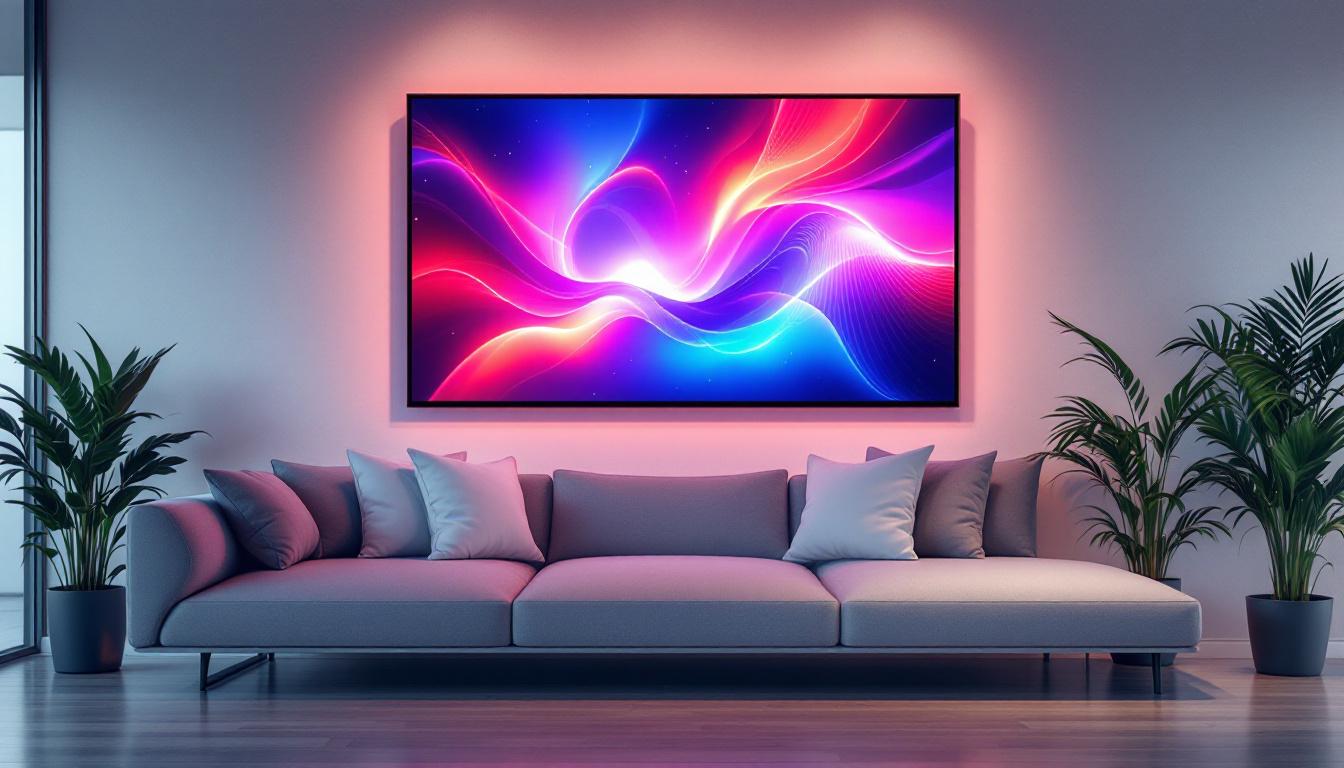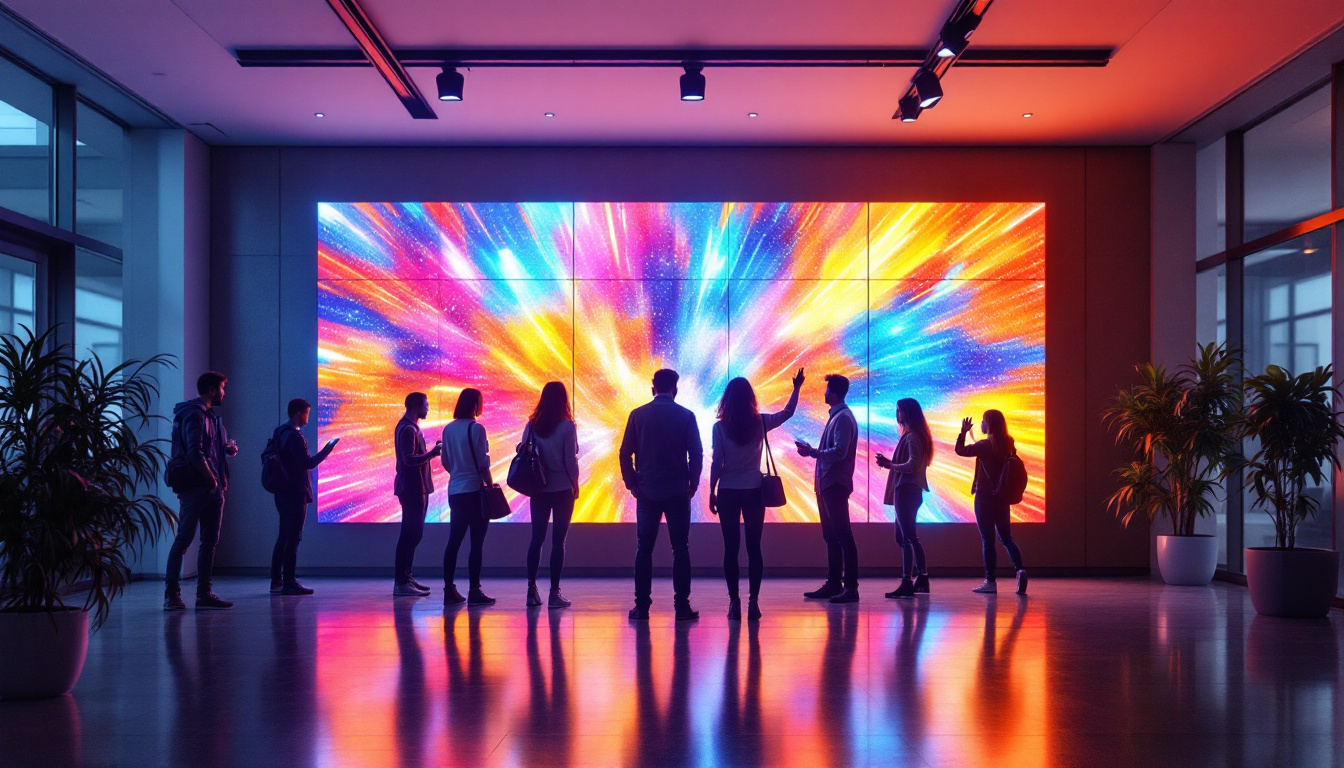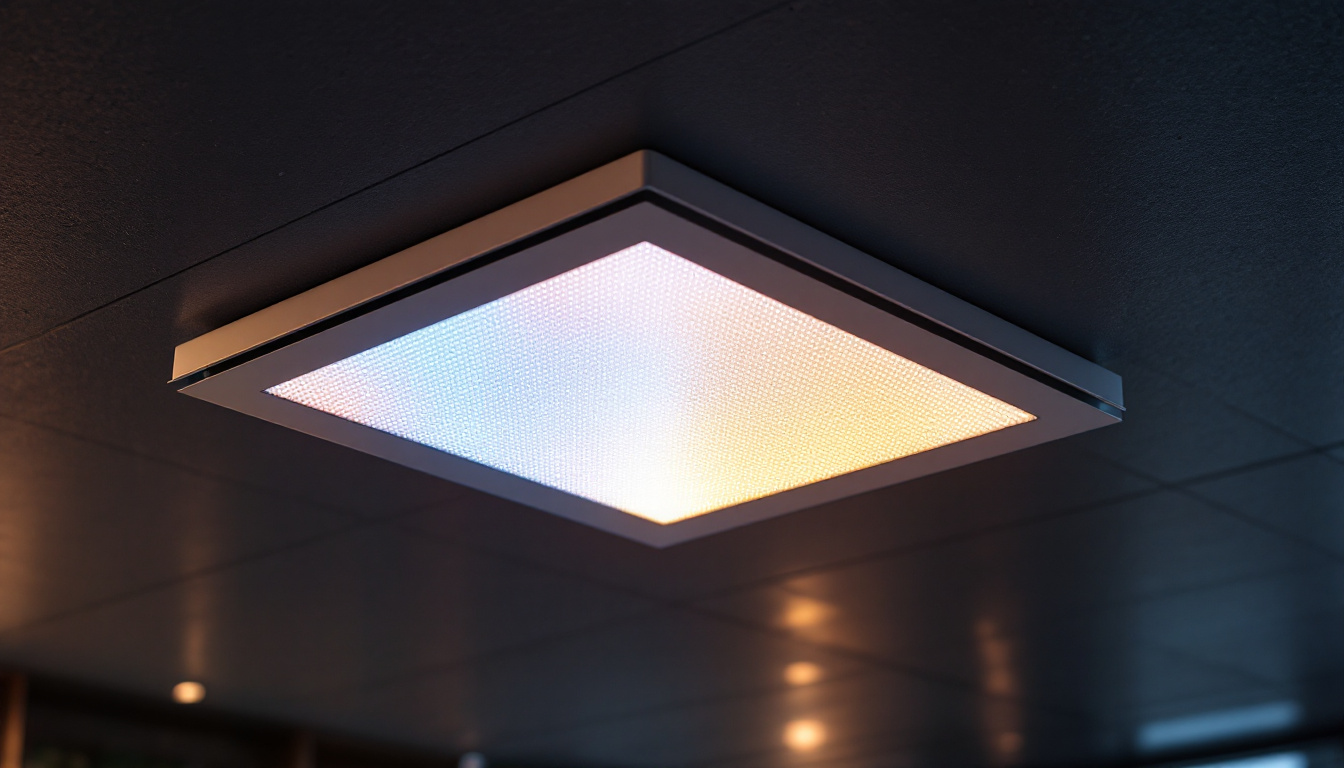In the world of sports and events, the scoreboard plays a crucial role in conveying real-time information to players and spectators alike. Among the various types of scoreboards available, LED scoreboards have emerged as a popular choice due to their bright displays, versatility, and advanced technology. This article delves into the intricacies of LED scoreboards, exploring their features, benefits, and applications.
Understanding LED Technology
LED, or Light Emitting Diode, technology has revolutionized the way visual information is presented. Unlike traditional scoreboard displays that rely on incandescent bulbs or LCD screens, LED scoreboards utilize tiny diodes to produce light. This results in a brighter, more energy-efficient display that can be easily viewed from long distances. The impact of this technology extends beyond mere visibility; it enhances the overall spectator experience, making events more engaging and exciting for fans and participants alike.
How LED Works
At its core, an LED is a semiconductor device that emits light when an electric current passes through it. The color of the light emitted depends on the materials used in the diode. In scoreboards, red, green, and blue LEDs are commonly used to create a full spectrum of colors, allowing for dynamic graphics and vibrant displays. These colors can be mixed in various combinations to produce a wide array of hues, enabling scoreboards to showcase team colors, logos, and animations that capture the spirit of the event.
The modular nature of LED technology also allows for flexible designs. Scoreboards can be constructed in various shapes and sizes, making them suitable for different venues, from small gyms to large stadiums. This adaptability means that venues can customize their displays to fit specific branding needs or spatial constraints, ensuring that every fan has a clear view of the action, regardless of their seating position.
Advantages of Using LED Scoreboards
LED scoreboards offer several advantages over traditional scoreboard systems. Firstly, they provide superior visibility. The brightness of LED displays ensures that scores and information are easily readable, even in bright sunlight. This is particularly important for outdoor sports events where glare can diminish visibility. Furthermore, the high refresh rate of LED screens allows for smooth transitions and animations, which can enhance the excitement of game highlights or player introductions.
Secondly, LED scoreboards are energy-efficient. They consume significantly less power compared to older technologies, which translates to lower operational costs over time. Additionally, their longevity means fewer replacements and maintenance, making them a cost-effective solution in the long run. Many LED systems also come equipped with smart technology that allows for real-time updates and remote management, further streamlining operations for event organizers. This capability ensures that scoreboards can be updated instantly, providing fans with the most accurate and timely information possible during fast-paced sports events.
Features of LED Scoreboards
Modern LED scoreboards come equipped with a variety of features that enhance their functionality and user experience. These features can vary based on the specific model and manufacturer, but some common elements are worth highlighting.
Customization Options
One of the standout features of LED scoreboards is their customization capabilities. Organizations can tailor the scoreboard to meet their specific needs, including size, layout, and functionality. This customization extends to the display of logos, team names, and even advertisements, allowing for a personalized touch that enhances brand visibility.
Moreover, many LED scoreboards come with programmable features, enabling operators to change the displayed information in real-time. This is particularly beneficial during events where scores, player statistics, and time are constantly updated.
Integration with Other Technologies
LED scoreboards can seamlessly integrate with other technologies, such as video displays and sound systems. This integration allows for a more immersive experience for spectators. For instance, during a game, the scoreboard can show live video feeds, replays, and instant highlights, all synchronized with the score updates.
Additionally, many modern scoreboards are compatible with mobile applications, allowing fans to receive live updates on their devices. This connectivity enhances the overall engagement of the audience, making them feel more connected to the event.
Applications of LED Scoreboards
The versatility of LED scoreboards makes them suitable for a wide range of applications beyond traditional sports. Their use can be seen in various settings, each benefiting from the unique features of LED technology.
Sports Venues
In sports venues, LED scoreboards are indispensable. They provide real-time updates on scores, player statistics, and game time, ensuring fans are always informed. From basketball courts to football fields, these scoreboards enhance the spectator experience and contribute to the overall atmosphere of the event.
Moreover, LED scoreboards can be utilized for multiple sports, making them a versatile investment for sports complexes. Many scoreboards come with pre-programmed settings for different sports, allowing for quick transitions between events.
Concerts and Events
Beyond sports, LED scoreboards are increasingly being used in concerts and large events. They serve as a platform for displaying information such as artist names, setlists, and event schedules. The vibrant colors and dynamic graphics of LED displays capture the audience’s attention, enhancing the overall experience.
Event organizers can also use these scoreboards for advertising and sponsorships, displaying promotional content between acts or during breaks. This not only generates additional revenue but also keeps the audience engaged throughout the event.
Choosing the Right LED Scoreboard
When considering the purchase of an LED scoreboard, several factors must be taken into account to ensure that the selected model meets the specific needs of the venue and audience.
Size and Visibility
The size of the scoreboard is one of the most critical aspects to consider. It should be proportionate to the venue and positioned in a way that maximizes visibility for all spectators. For larger venues, a bigger scoreboard with higher resolution may be necessary to ensure that information is easily readable from a distance.
Additionally, the brightness of the LEDs is essential. Scoreboards intended for outdoor use must be bright enough to combat sunlight glare, while indoor scoreboards may not need to be as intense. Understanding the specific lighting conditions of the venue can guide the selection process.
Functionality and Features
Different scoreboards come with varying functionalities. Some may offer basic scorekeeping, while others provide advanced features like player statistics, timers, and even video playback capabilities. Identifying the specific needs of the organization will help in selecting a scoreboard that offers the right balance of features without overspending on unnecessary functionalities.
Furthermore, ease of use is a significant factor. The scoreboard should come with user-friendly controls and software, allowing operators to update information quickly and efficiently during events.
Maintenance and Longevity
Investing in an LED scoreboard is a significant commitment, and understanding the maintenance requirements is crucial for ensuring its longevity. Regular maintenance not only prolongs the life of the scoreboard but also ensures that it operates at peak performance.
Regular Inspections
Conducting regular inspections is vital for identifying any potential issues before they escalate. This includes checking the LED modules for any dead pixels, ensuring that connections are secure, and verifying that the software is up-to-date. By addressing minor problems early, organizations can avoid costly repairs and downtime.
Additionally, cleaning the scoreboard is essential, especially for outdoor models that may accumulate dirt and debris. Using appropriate cleaning solutions and techniques will help maintain the clarity and brightness of the display.
Professional Servicing
While some maintenance tasks can be performed in-house, certain repairs and servicing may require professional assistance. Engaging with the manufacturer or a certified technician for complex issues can ensure that the scoreboard is repaired correctly and safely.
Establishing a maintenance schedule and budget can help organizations plan for future servicing needs, ensuring that the scoreboard remains a reliable asset for years to come.
Future Trends in LED Scoreboard Technology
The field of LED technology is continuously evolving, and scoreboards are no exception. As technology advances, several trends are emerging that could shape the future of LED scoreboards.
Smart Scoreboards
One of the most exciting trends is the development of smart scoreboards. These scoreboards utilize artificial intelligence and machine learning to analyze game data and provide insights in real-time. For example, they can automatically update statistics based on player performance or even suggest strategies based on historical data.
Smart scoreboards can also enhance fan engagement by providing personalized content. For instance, spectators could receive notifications about their favorite players or teams directly on their mobile devices, creating a more interactive experience.
Enhanced Connectivity
As the Internet of Things (IoT) continues to grow, LED scoreboards are becoming increasingly connected. This connectivity allows for remote monitoring and management, enabling operators to make updates and adjustments from anywhere. Such capabilities can streamline operations and improve responsiveness during events.
Furthermore, enhanced connectivity can facilitate better integration with social media platforms, allowing for real-time updates and interactions with fans. This not only increases engagement but also expands the reach of events beyond the physical venue.
Conclusion
LED scoreboards represent a significant advancement in the way scores and information are displayed in sports and events. Their bright, energy-efficient displays, combined with customizable features and advanced technology, make them an invaluable asset for venues of all sizes. As technology continues to evolve, the future of LED scoreboards promises even greater innovations that will enhance the spectator experience and streamline operations.
Investing in an LED scoreboard is not just about keeping score; it’s about creating an engaging environment that captivates audiences and enhances the overall experience of any event. Whether in a sports arena, concert venue, or community event, LED scoreboards are set to play a pivotal role in the future of visual displays.
Discover the Future of LED Displays with LumenMatrix
Ready to elevate your venue’s visual experience with the latest in LED technology? Look no further than LumenMatrix, a pioneer in innovative LED display solutions. From vibrant Indoor and Outdoor LED Wall Displays to dynamic Vehicle and Sports LED Displays, LumenMatrix offers a comprehensive range of products designed to captivate your audience and amplify your message. Embrace the future of visual communication with our Custom, All-in-One, and Transparent LED Displays, each crafted to deliver unparalleled engagement and clarity. Don’t miss out on the opportunity to transform your space. Check out LumenMatrix LED Display Solutions today and witness the revolution in digital signage firsthand.

